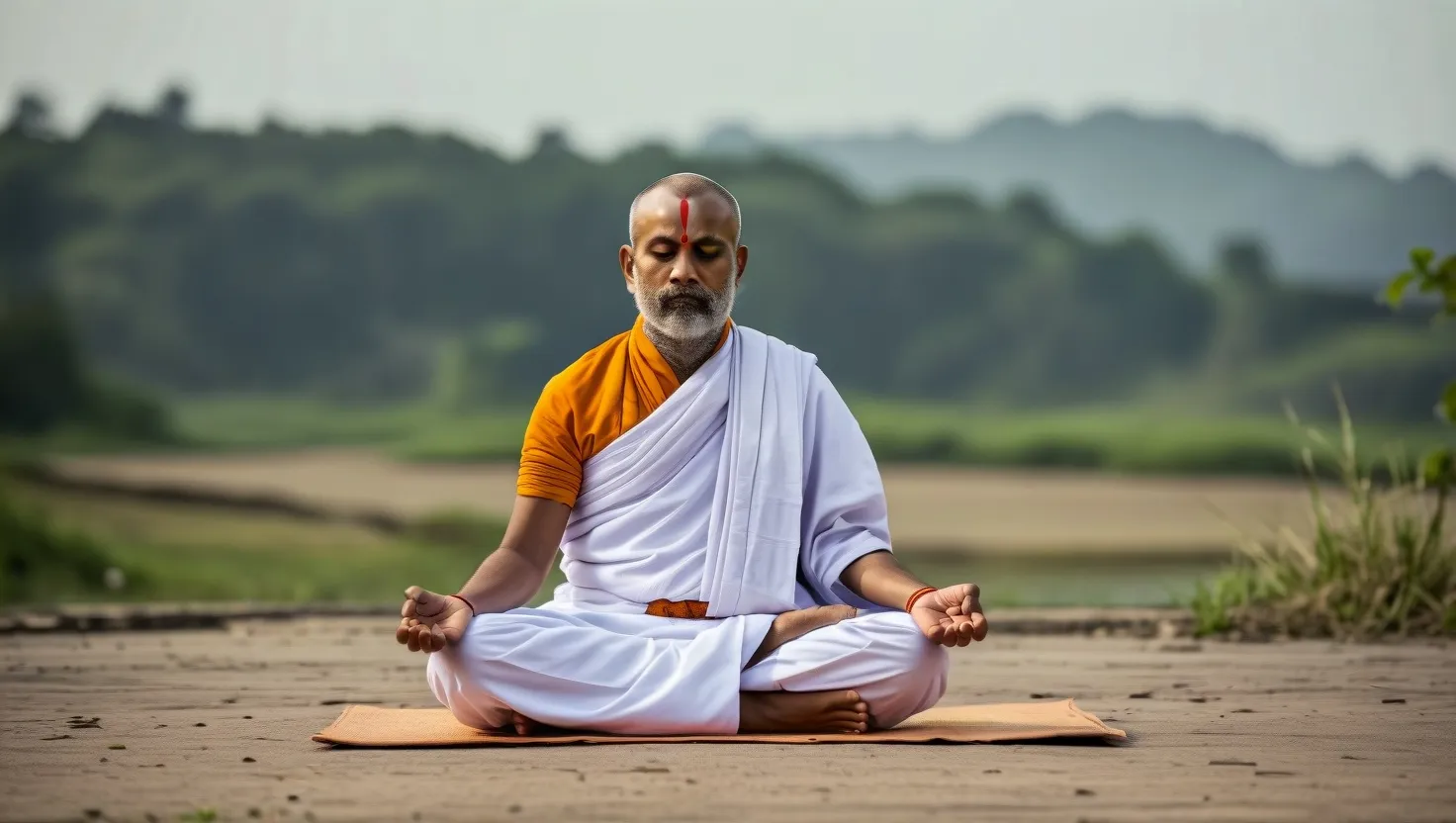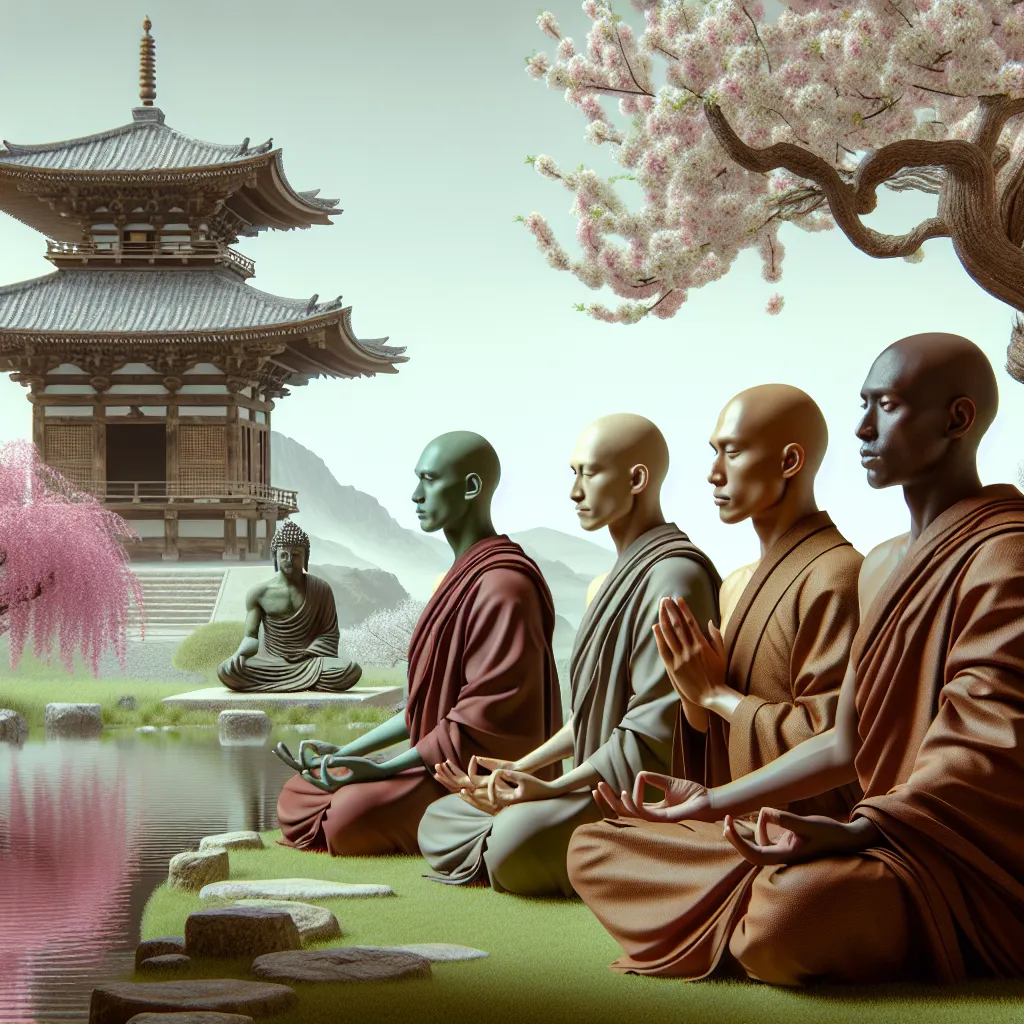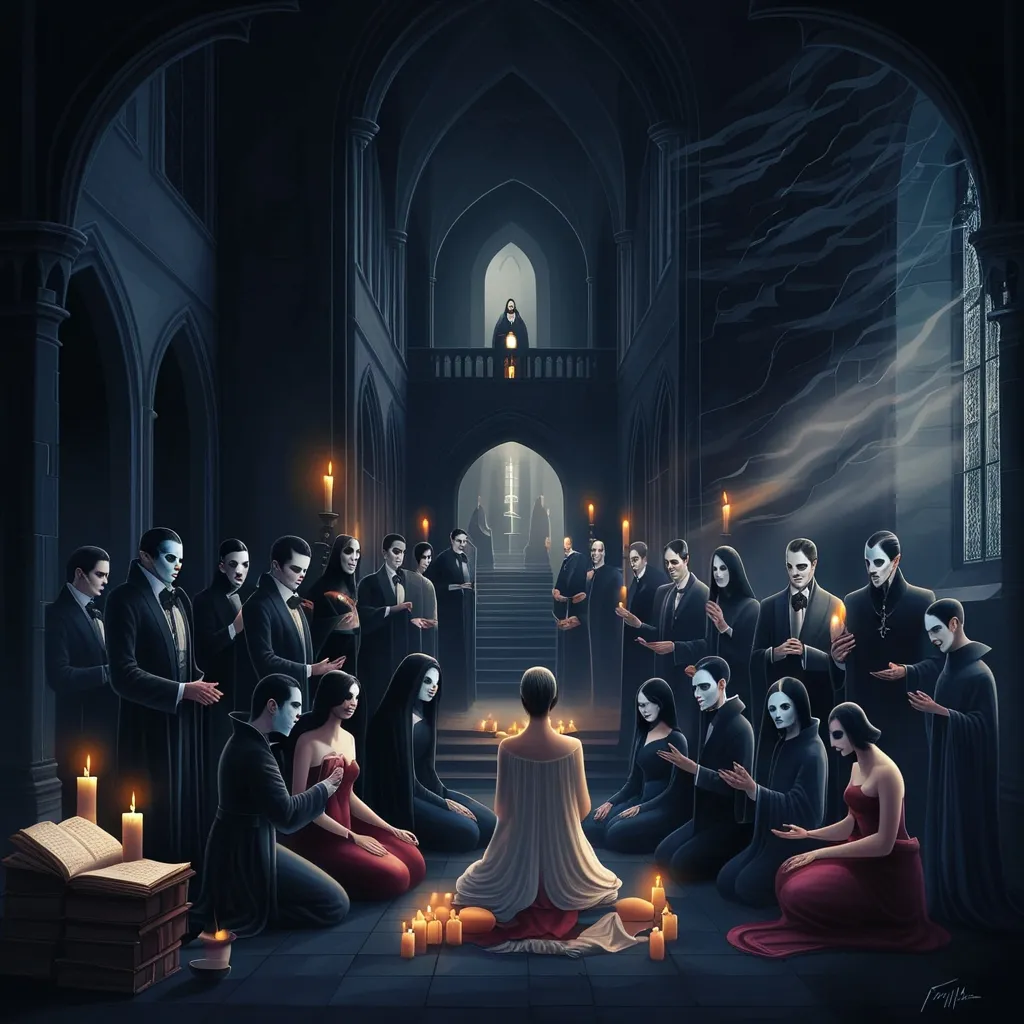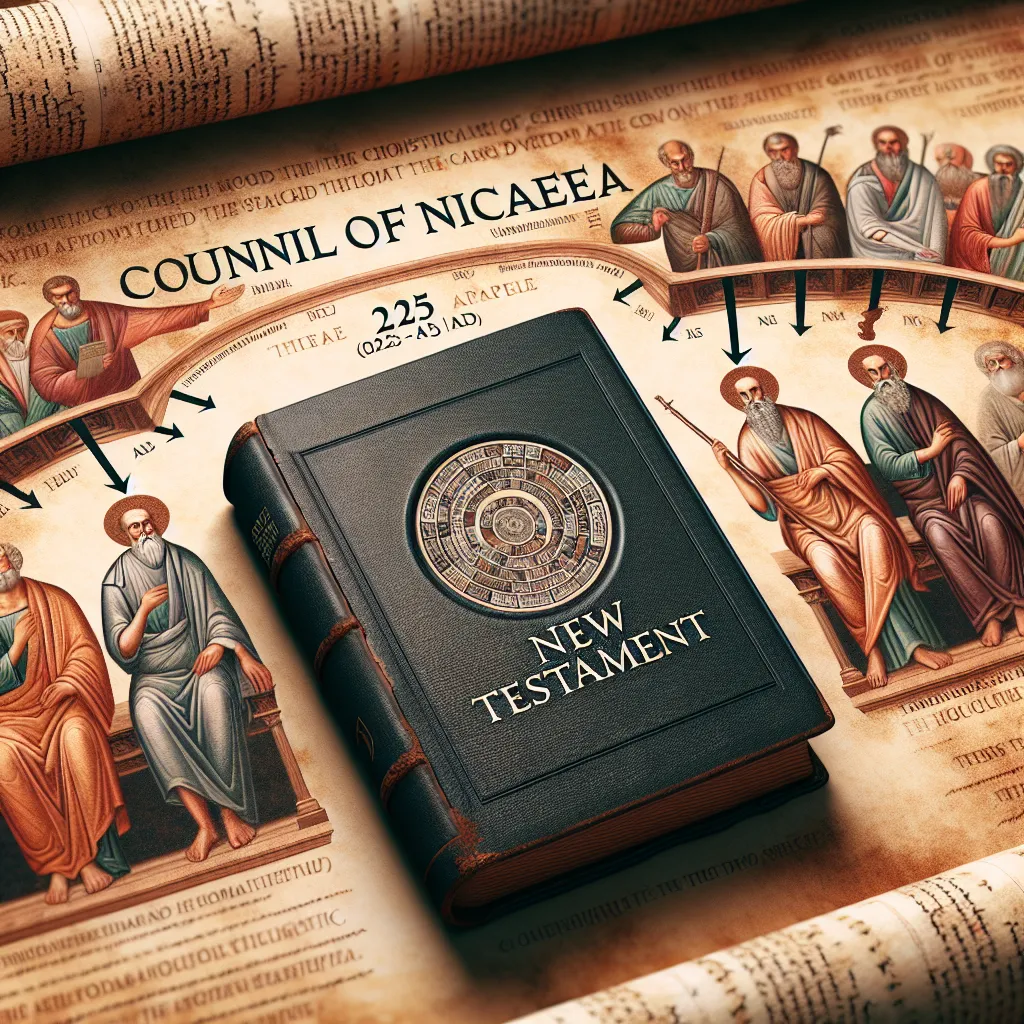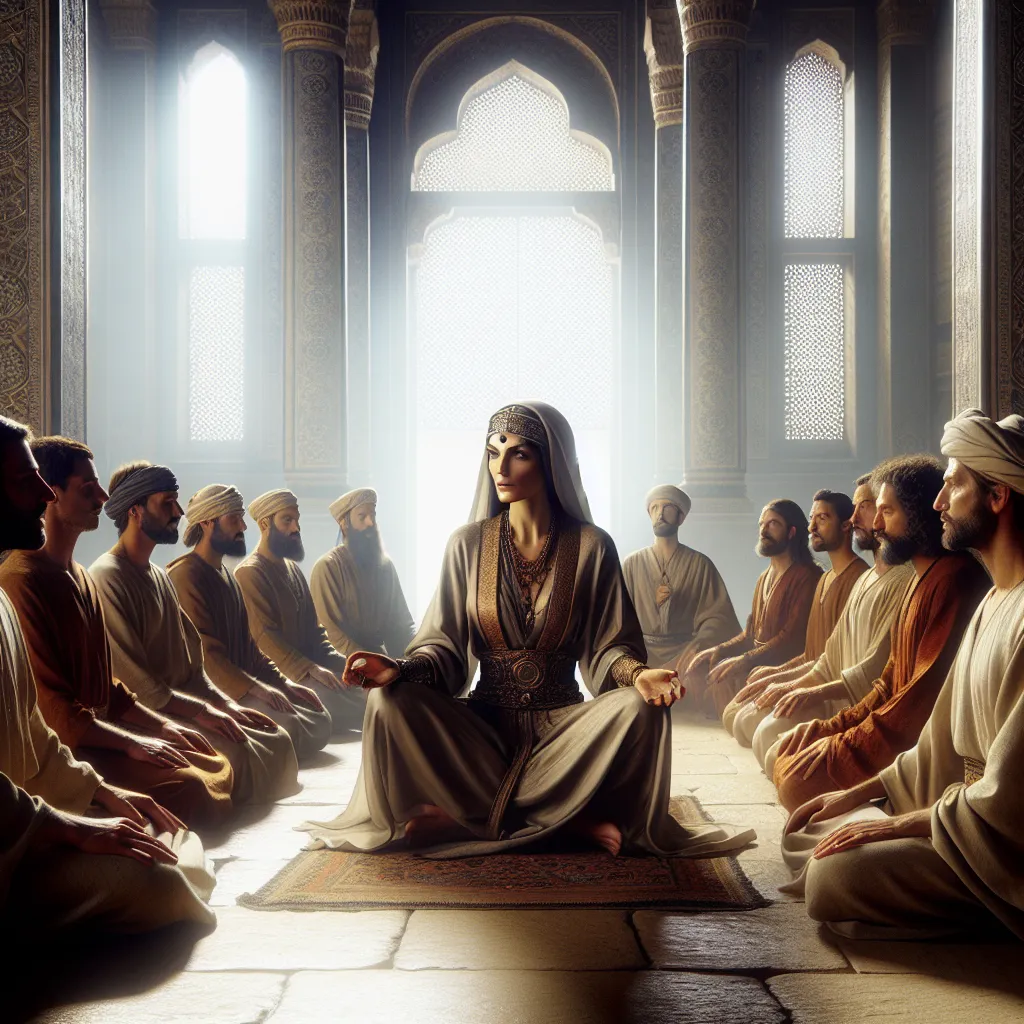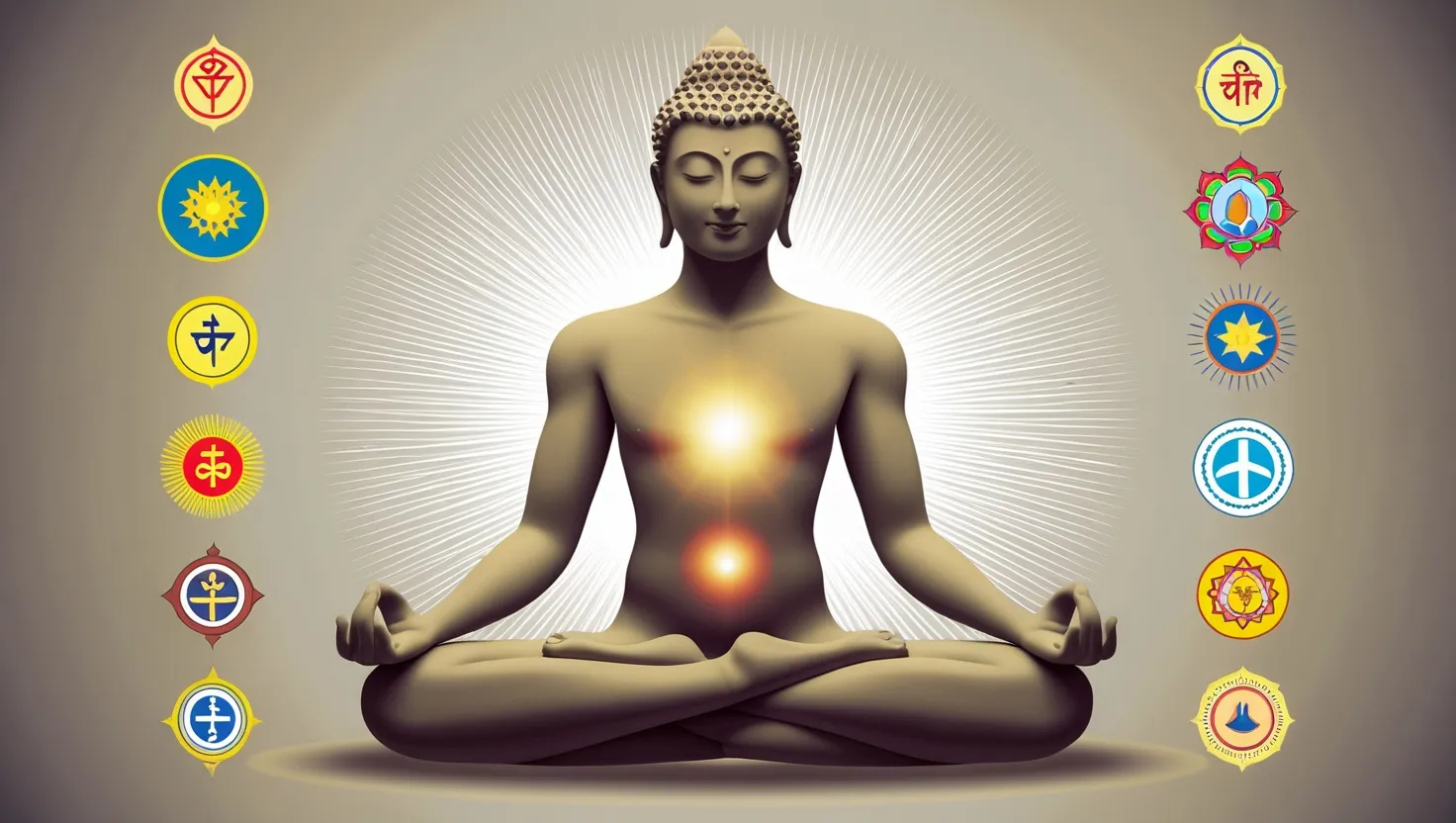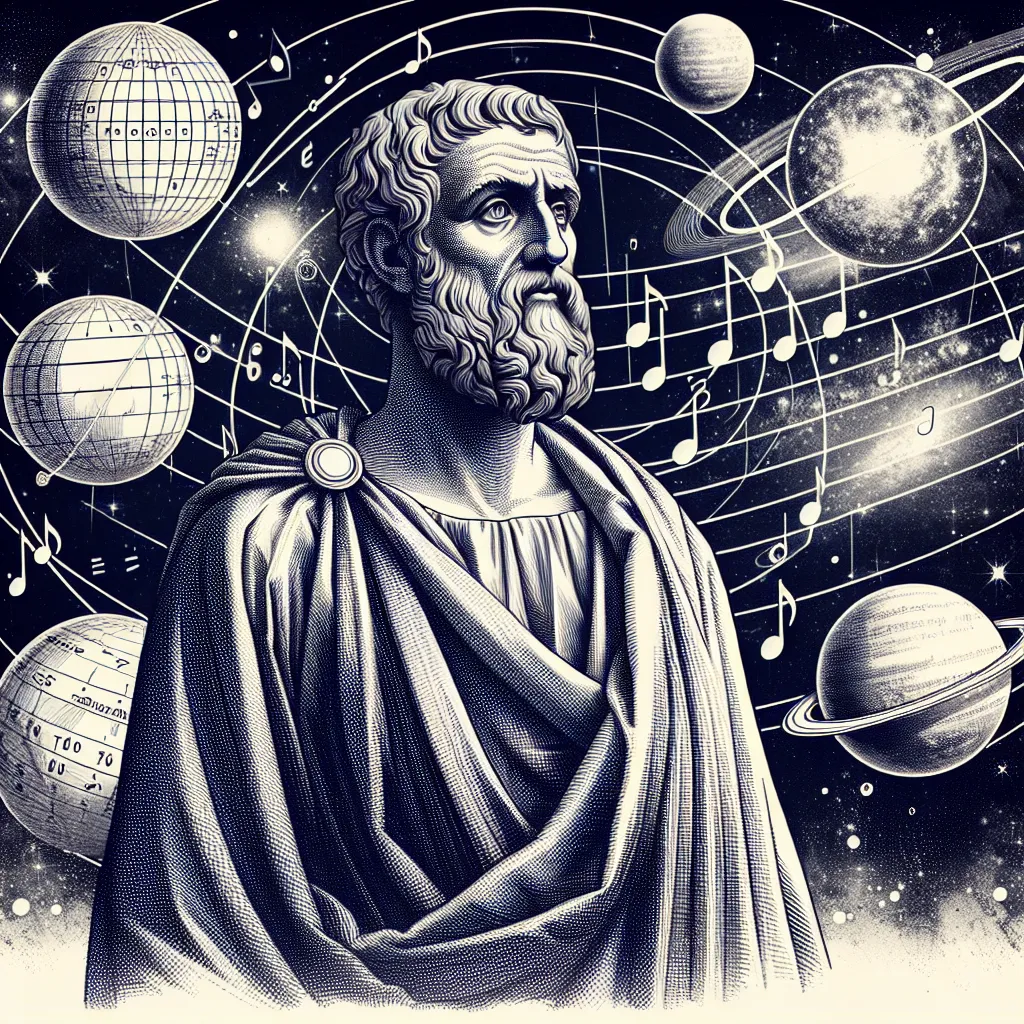In the intricate tapestry of human cultures and religious practices, there exists a ritual that is both deeply revered and profoundly controversial: the Jain practice of santhara or sallekhana, a voluntary fast unto death. This ancient tradition, rooted in the principles of Jainism, raises complex questions about end-of-life choices, religious freedom, and the limits of personal autonomy in modern societies.
To understand santhara, one must delve into the core beliefs of Jainism. At its heart, Jainism is a religion that emphasizes nonviolence, self-control, and the pursuit of spiritual liberation. The practice of santhara is seen as the ultimate expression of these principles. It is a gradual fast undertaken by both ascetics and laypersons, particularly those who are terminally ill or very old, as a way to prepare for death and achieve spiritual purification.
The term sallekhana literally means “thinning out” or “emaciating,” and it involves a systematic renunciation of food and water. The process begins with the renunciation of solid foods, followed by fatty liquids, then hot and pungent liquids, and finally all liquids. This gradual fasting is accompanied by a deep reflection on past actions, seeking forgiveness, and focusing on Jain scriptures. The individual must fix their mind on the pañca-ṇamokāra, a set of five mantras that help in the purification of the soul.
For Jains, santhara is not seen as a form of suicide but as a heroic act of nonviolence. It is the pinnacle of a life dedicated to the soul’s emancipation from the cycle of birth and death. This ritual is grounded in the belief that by eradicating the passions and karma accumulated over lifetimes, one can achieve liberation, or mokṣa. The fast is a principal austerity in Jainism, aligning with the foundational belief that austerities shed karma.
The legal and ethical debates surrounding santhara are intense. In 2015, a high court in the Indian state of Rajasthan declared the practice illegal, equating it with suicide. However, this ruling was met with widespread protests from the Jain community, who argued that santhara is a deeply ingrained religious practice rather than an act of self-destruction. The Indian Supreme Court subsequently suspended the ban, allowing Jains to resume this ritual while the matter was under further consideration.
This intersection of religious practice with legal systems highlights the complexities of balancing individual rights with societal norms. In modern societies, where medical ethics and end-of-life care are increasingly scrutinized, santhara poses a unique challenge. While some view it as a dignified way to end life, others see it as a form of passive euthanasia that raises ethical concerns.
The personal and emotional aspects of santhara are equally compelling. For those who undertake this fast, it is a journey of spiritual purification and acceptance of death as a natural part of life. The support of the Jain community is crucial; family and friends often gather to provide emotional and spiritual support during this period. The recent example of Acharya Shri Vidyasagarji Maharaj, a revered Digambara monk who took the vow of sallekhana and passed away in February 2024, illustrates the ongoing significance of this practice within the Jain community.
From a historical perspective, santhara has endured for millennia, supported by both the Digambara and Śvetāmbara sects of Jainism. Despite its ancient roots, the practice remains relevant in the 21st century, reflecting the enduring power of religious traditions in shaping personal and communal identities.
The global discourse on death and spirituality is also influenced by practices like santhara. As societies grapple with the meaning of life and death, this ritual offers a unique lens through which to examine these questions. It challenges the conventional views on end-of-life care and forces us to consider the diverse ways in which people approach the final stages of their lives.
In a world where personal autonomy and religious freedom are increasingly debated, santhara stands as a testament to the complexity of human beliefs and practices. It is a reminder that what may seem controversial or even incomprehensible to one person can be a deeply meaningful and sacred act for another.
As we navigate the intricate landscape of global cultures and religious practices, it is essential to approach traditions like santhara with empathy and understanding. By doing so, we can foster a more inclusive and respectful dialogue about the diverse ways in which people live, die, and seek spiritual fulfillment. In the end, santhara is not just a ritual; it is a reflection of the profound human quest for meaning and liberation.
